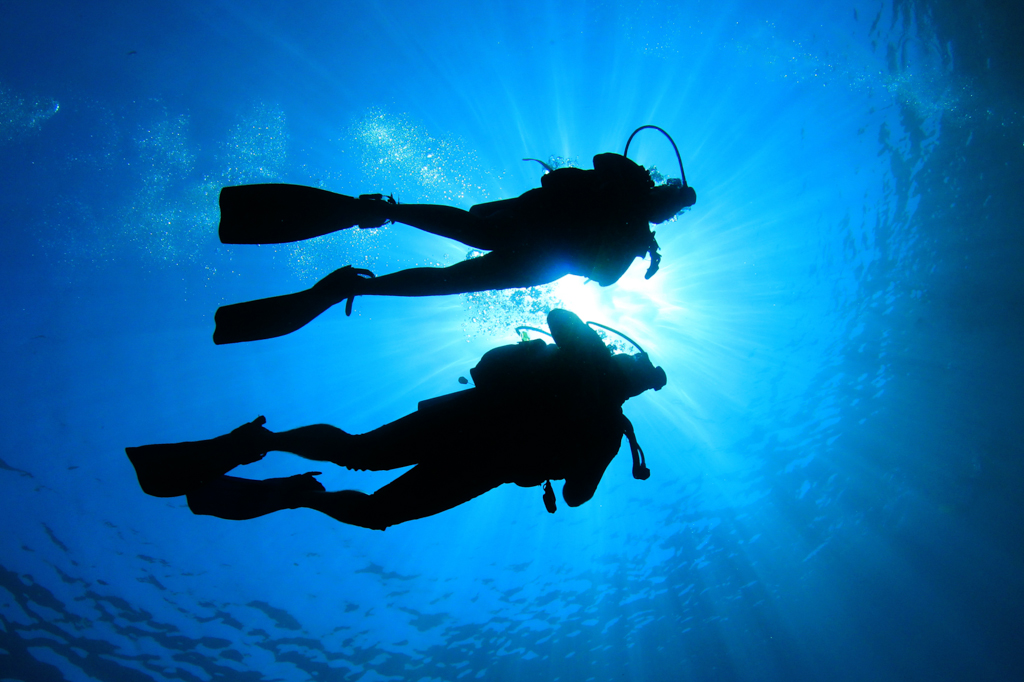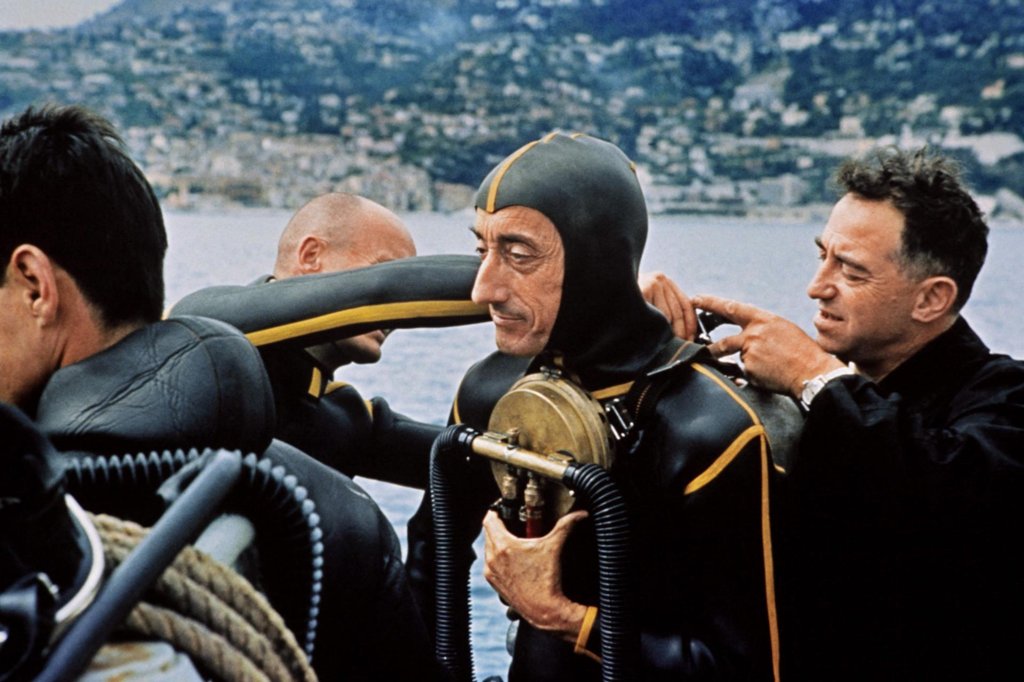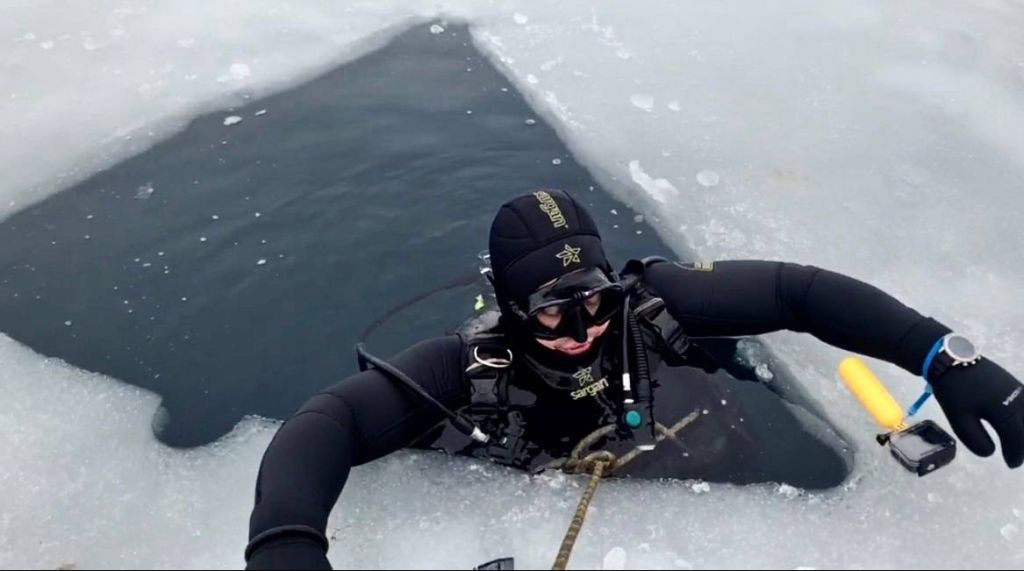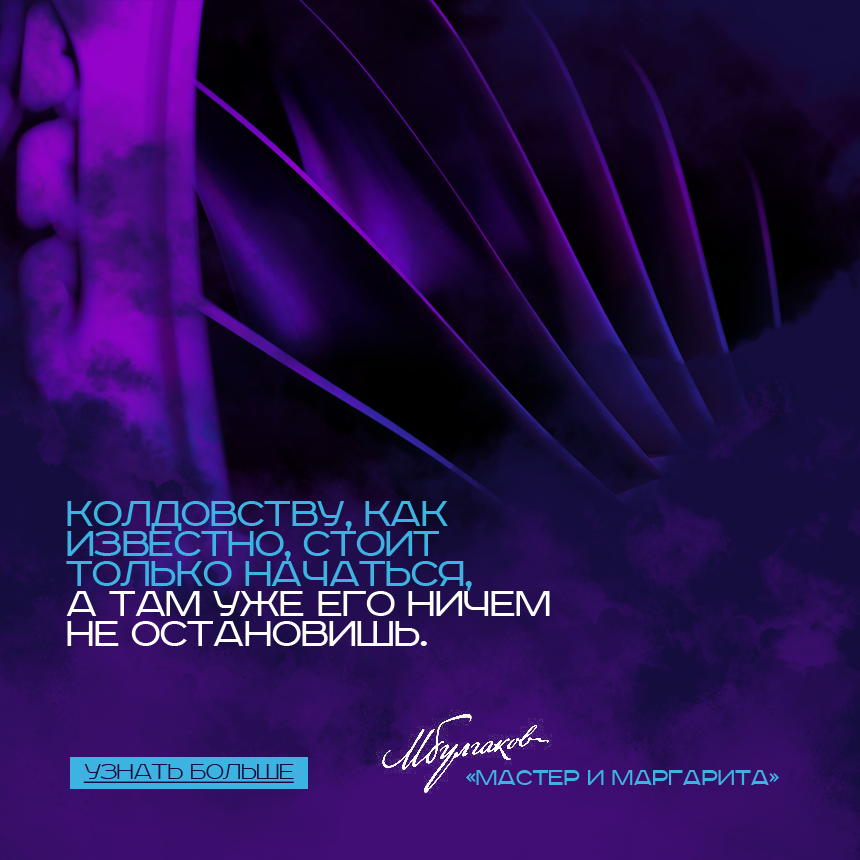
From the simplest underwater breathing devices to modern high-tech apparatus – the path of humankind to undersea exploration has been long and stunning. Present-day self-contained underwater breathing apparatus enables professional divers to stay underwater for hours while performing complicated and hazardous tasks. For example, to carry out search and rescue activities.
Rostec has recently delivered modern diving equipment made by RPC Respirator to search volunteers. The company has been developing and manufacturing regulators, demand valves and complete scuba diving equipment for many years. Below, we discuss the configuration of modern diving apparatus and how Rostec’s equipment facilitates search operations even in the most challenging environment.
Into the very depths
The first underwater breathing devices were described as early as in antiquity, however, the first practicable scuba set appeared only in 1865.
‘Aerophore’ designed by the Frenchmen Benoit Rouquayrol and Auguste Denayrouse was already equipped with an important device – a diaphragm pressure control valve that supplied air only when the diver breathed. The next step was to increase air supply, and again the French took the lead here or, more precisely, Yves Le Prieur, a navy officer, who increased the cylinder pressure.

Ten years later, Jacques-Yves Cousteau and Emile Gagnan improved the apparatus by connecting two air cylinders to the regulator. Their Aqua Lung company made a significant contribution to the diving development, while the word ‘Aqualung’ became generic for such devices.
How the ‘Aqualung’ works
The main components of the modern scuba are a high-pressure (200 to 300 atm) air cylinder and a two-stage regulator. Compressed air from the cylinders is not directly suitable for breathing, therefore the pressure shall be reduced before the air enters the lungs. For this, a two-stage regulator is used. The first stage is attached to the cylinder and reduces the pressure to an intermediate level. The second stage supplies air at pressure equal to water pressure at any depth and provides air supply only during breathing, which ensures better use of air.
Search in challenging conditions
The AVM-1, the first domestic scuba, whose commercial manufacturing was launched in 1957, was designed by RPC Respirator. The modern diving equipment made by Rostec is used both for recreational and professional diving.
Rostec’s products were provided to Dobrotvorets voluntary community for testing in March this year. This is a community of compassionate people – recreational and professional divers, drone and echo sounder operators and ship drivers – who search for people missing in water accidents for free.

Photo: Dobrotvorets professional divers group
Search for water hazard victims is often carried out in challenging and stressful conditions. And it is very important for diving equipment to work properly. According to the initial feedback from the Dobrotvorets team, Rostec’s regulators and demand valves are distinguished by the ease of use and breathing, and simple design. In addition, the devices have proved themselves in underice applications. Due to its frost resistance, the equipment will enable divers to stay underwater at low temperatures for a longer time and to avoid equipment freezing and failure. The cost of the Russian diving equipment, which is much lower than that of foreign products, is another important advantage. The feedback from volunteer divers will be considered in the development of new types of equipment.

